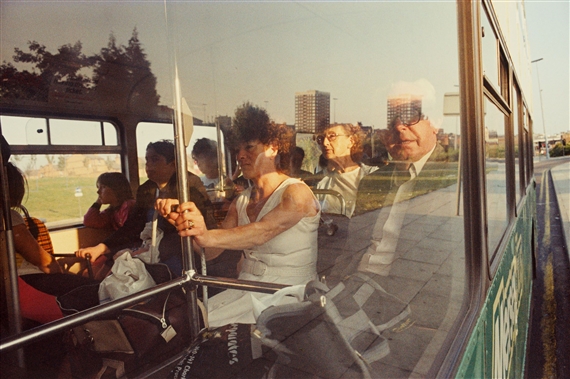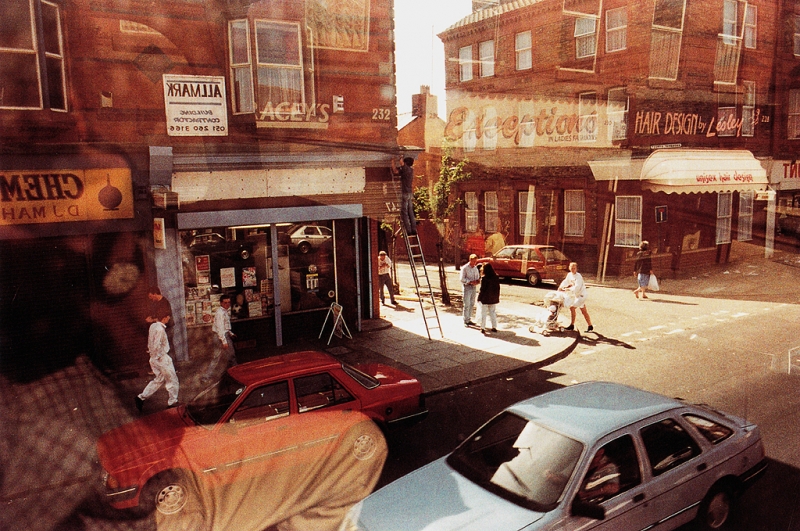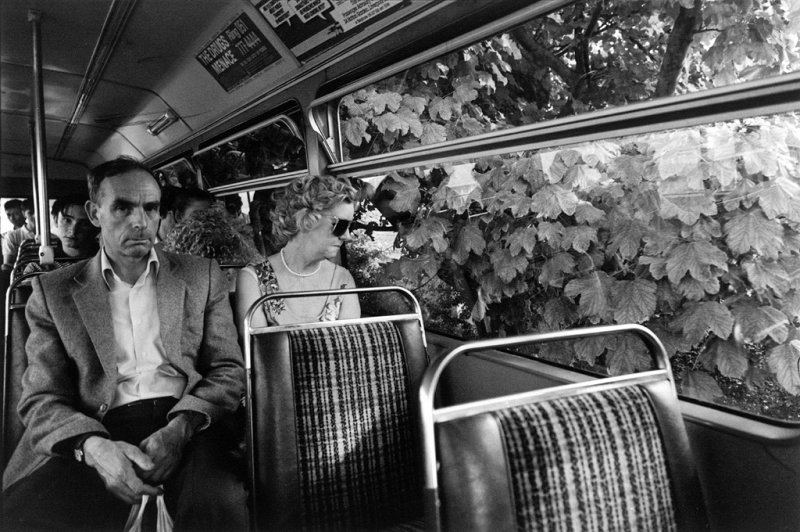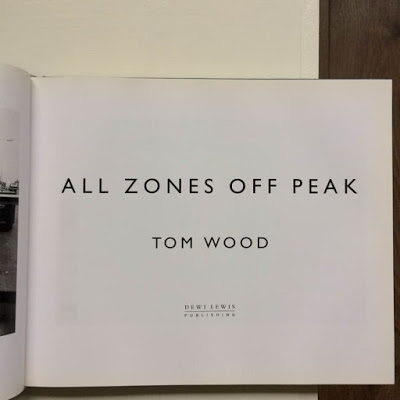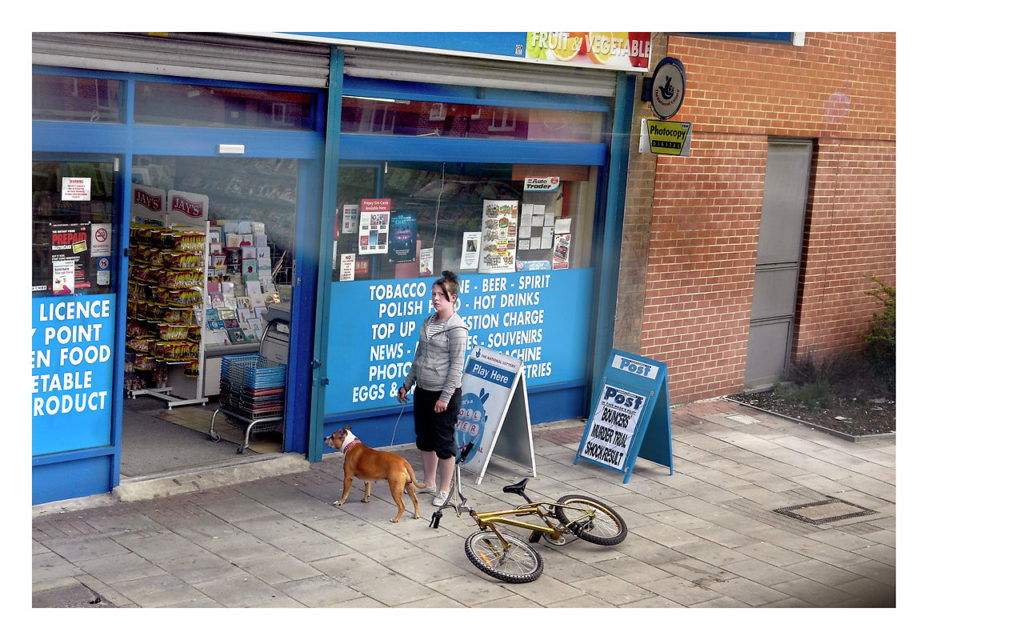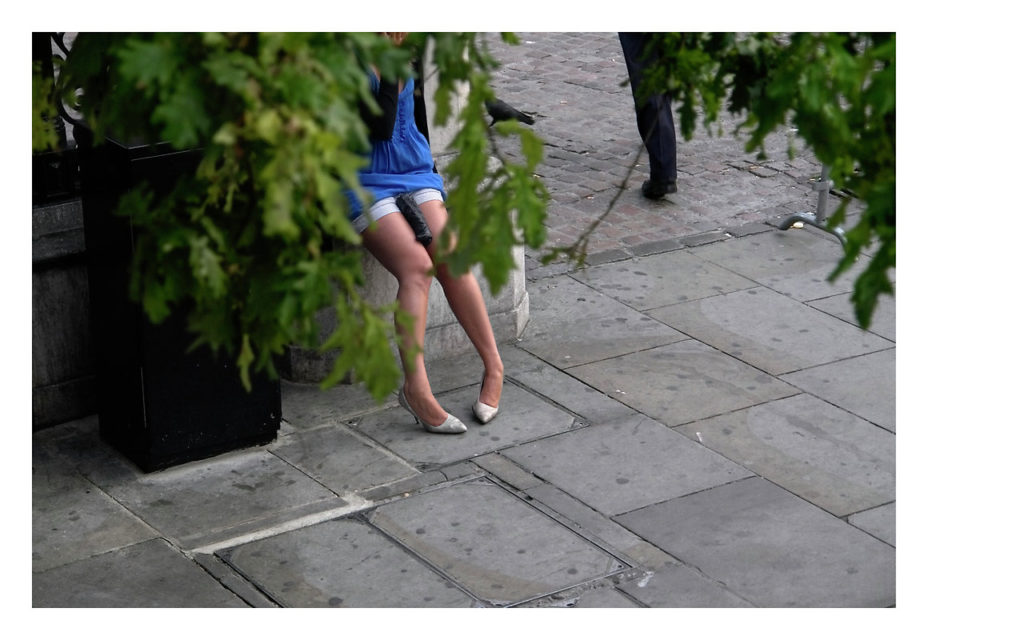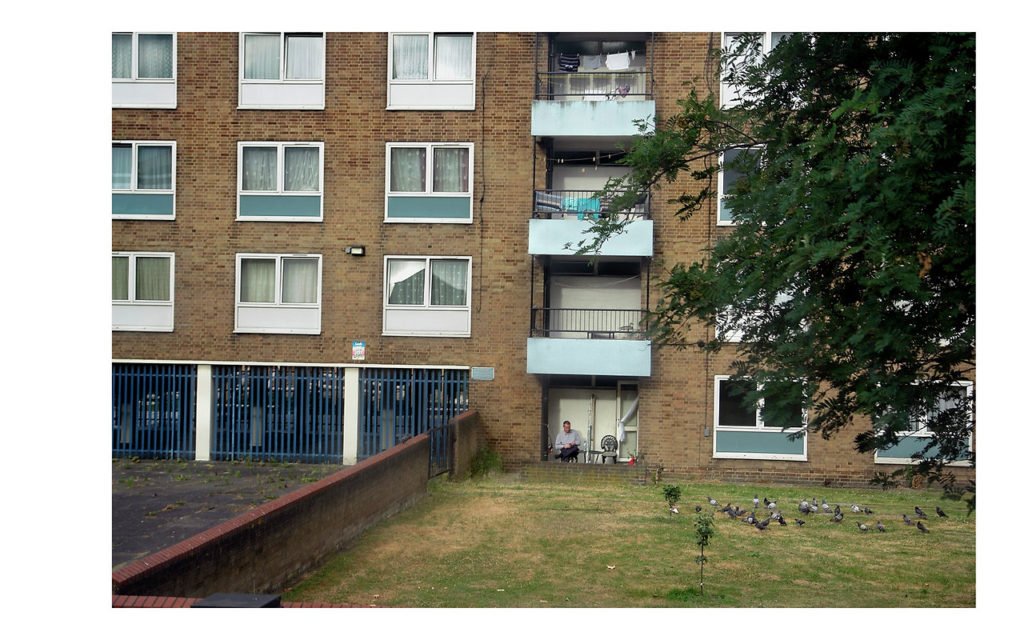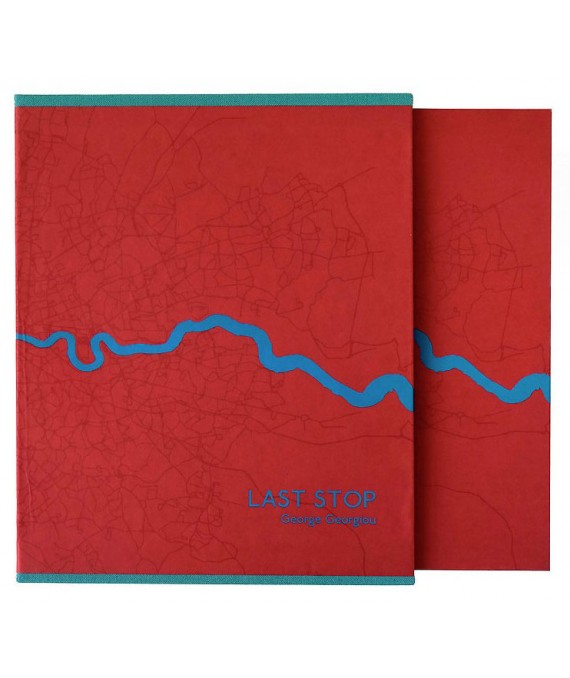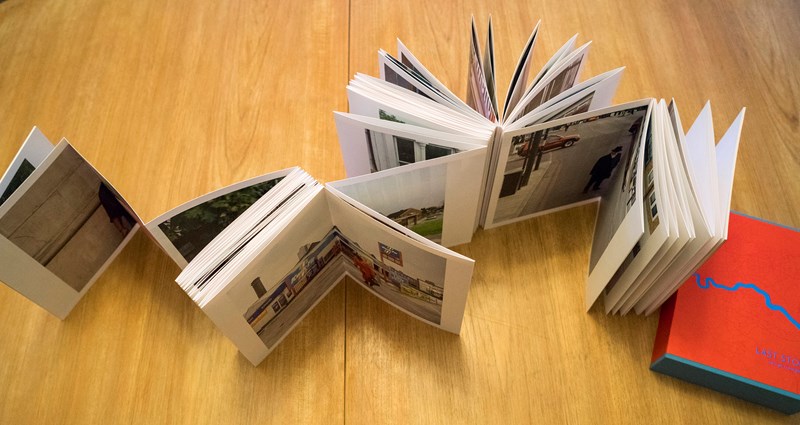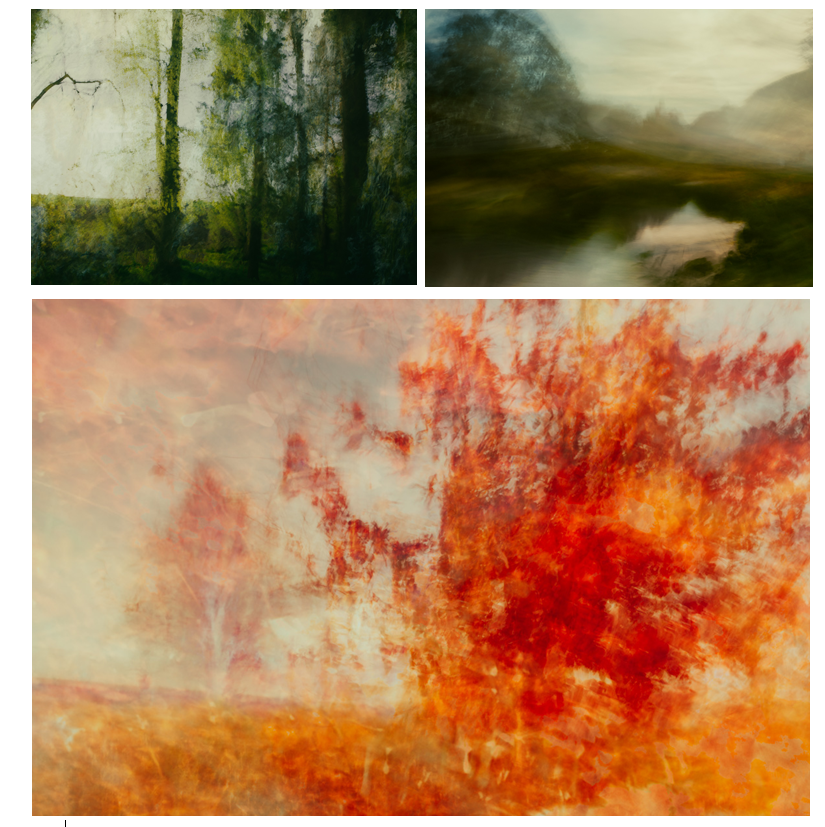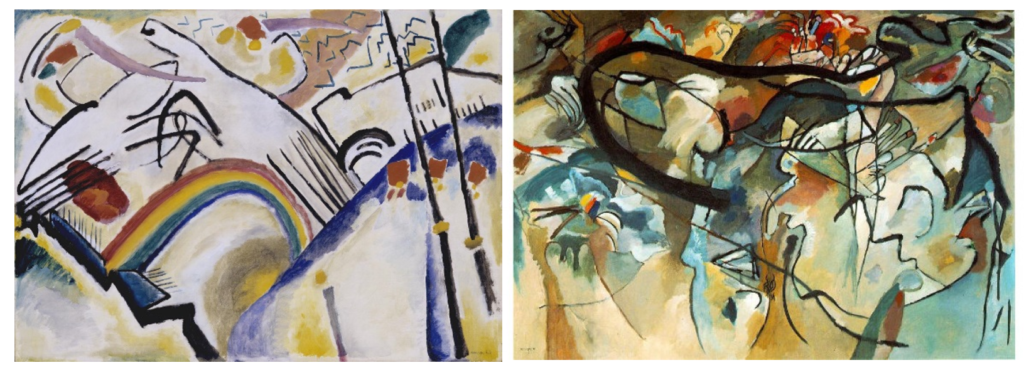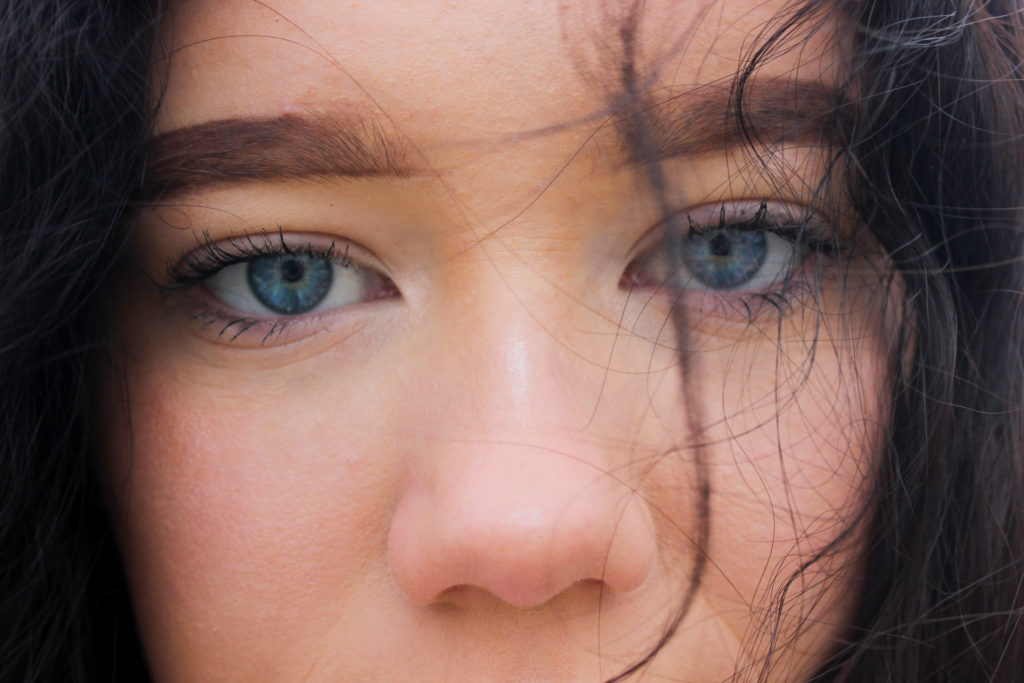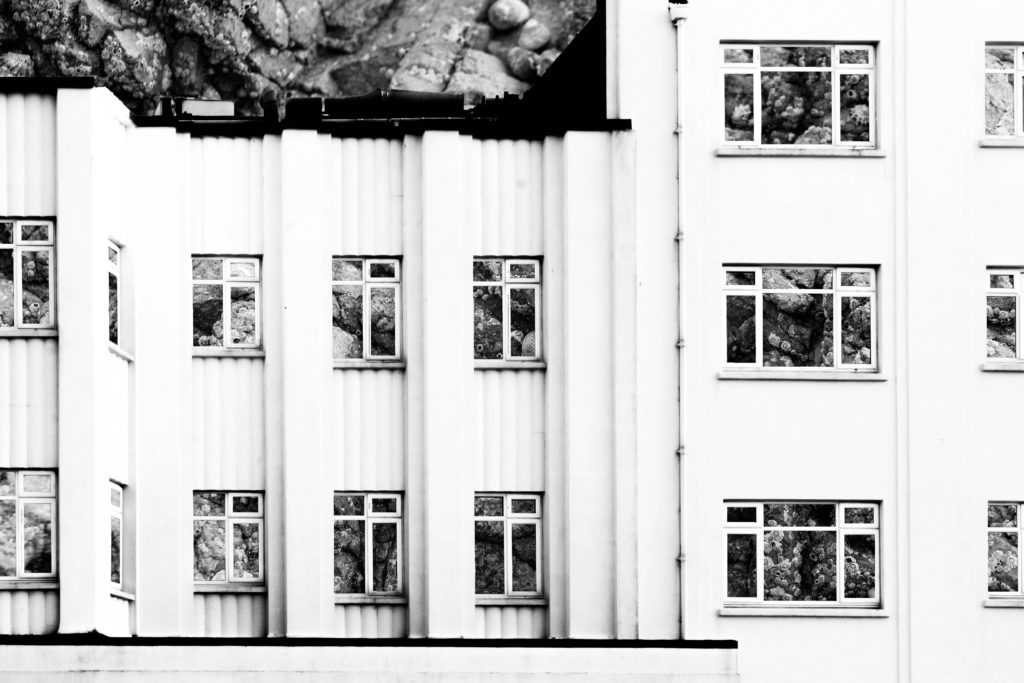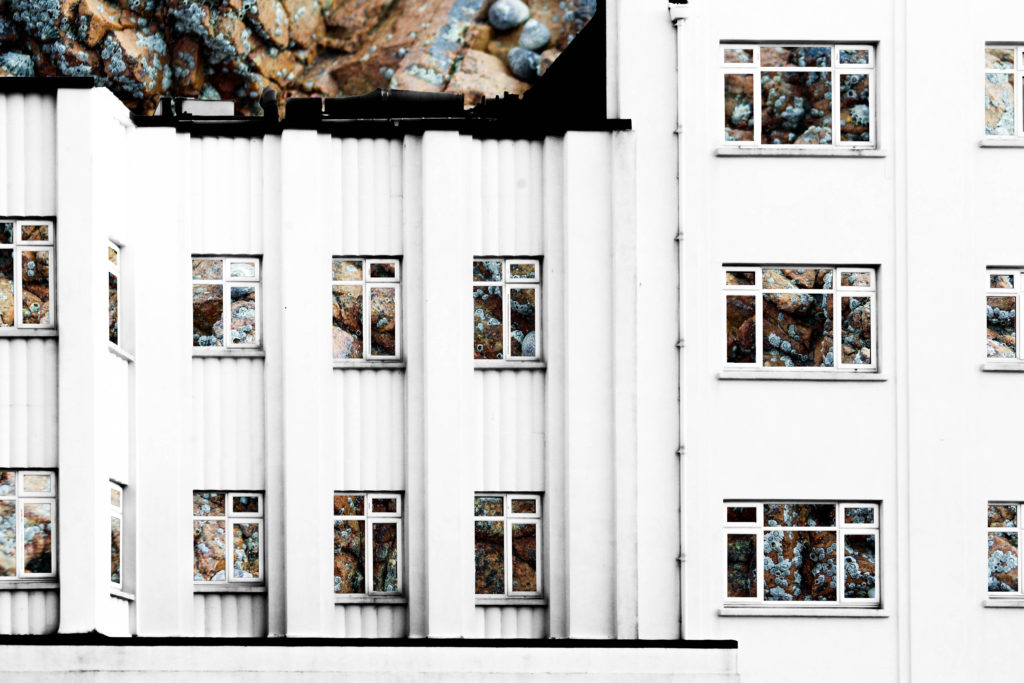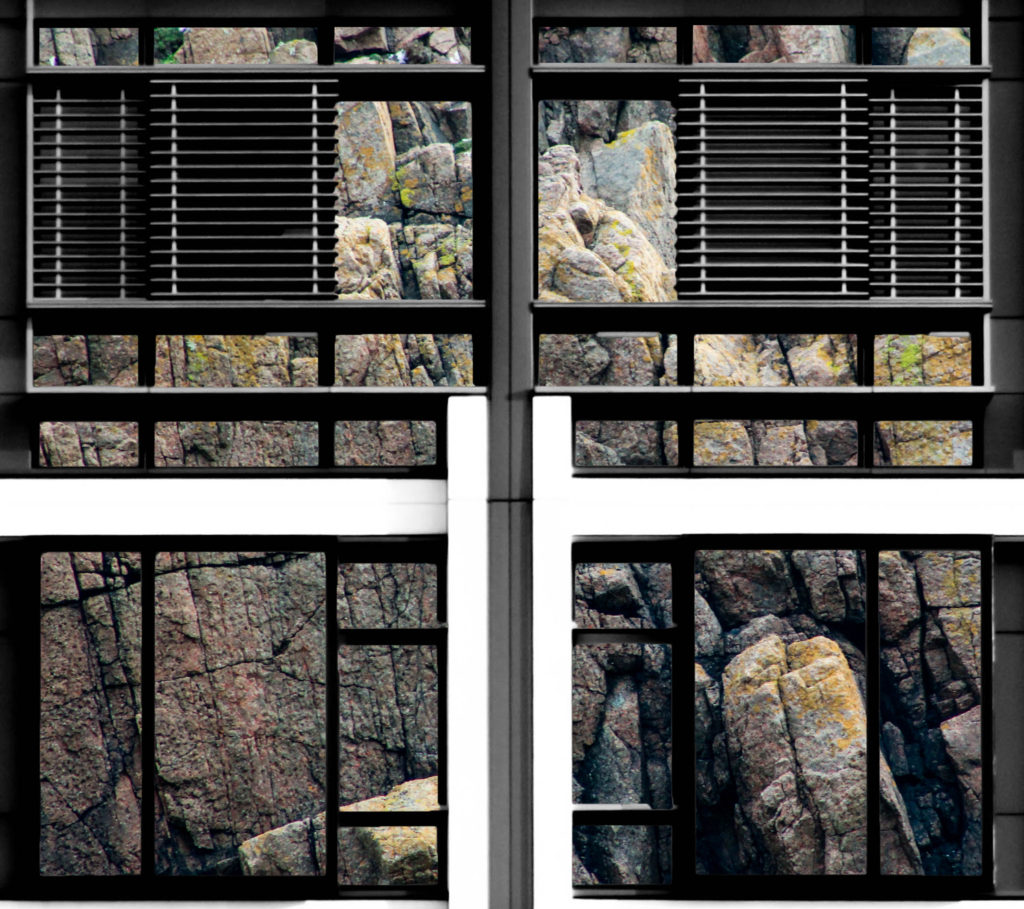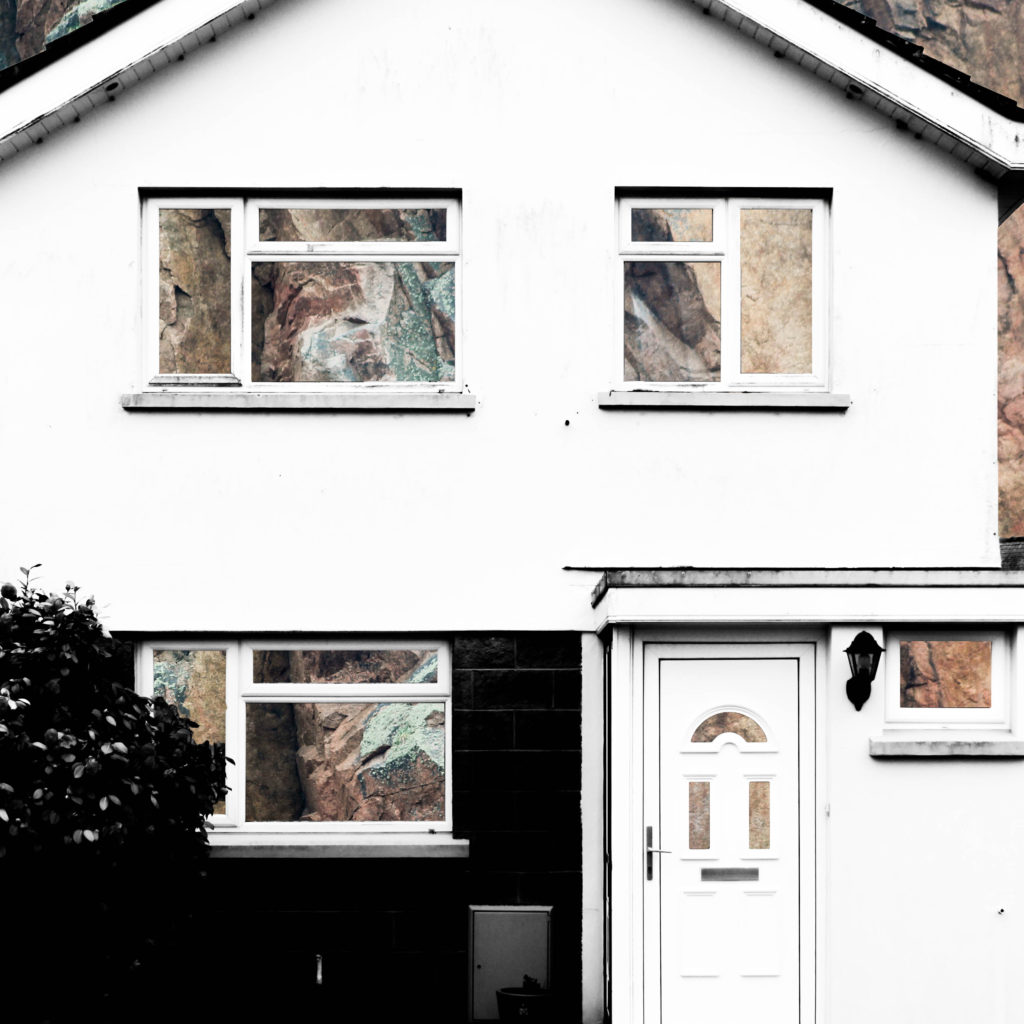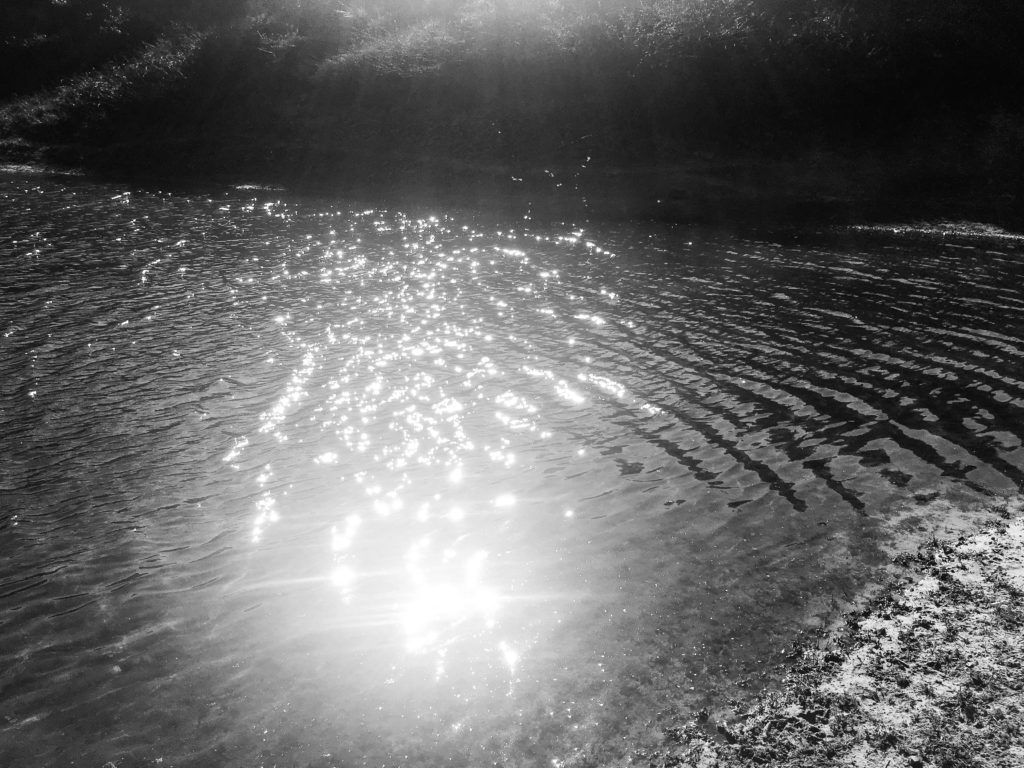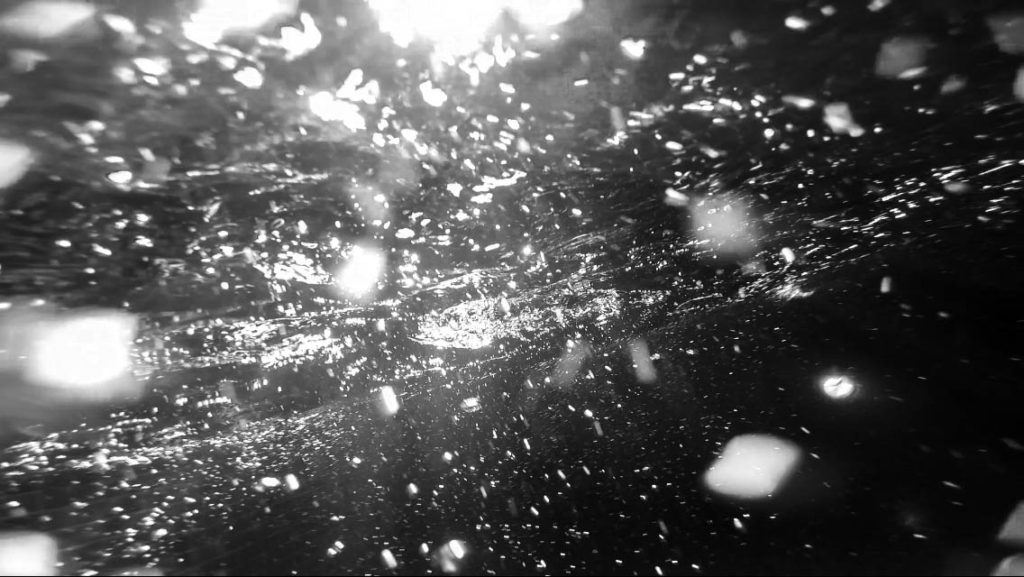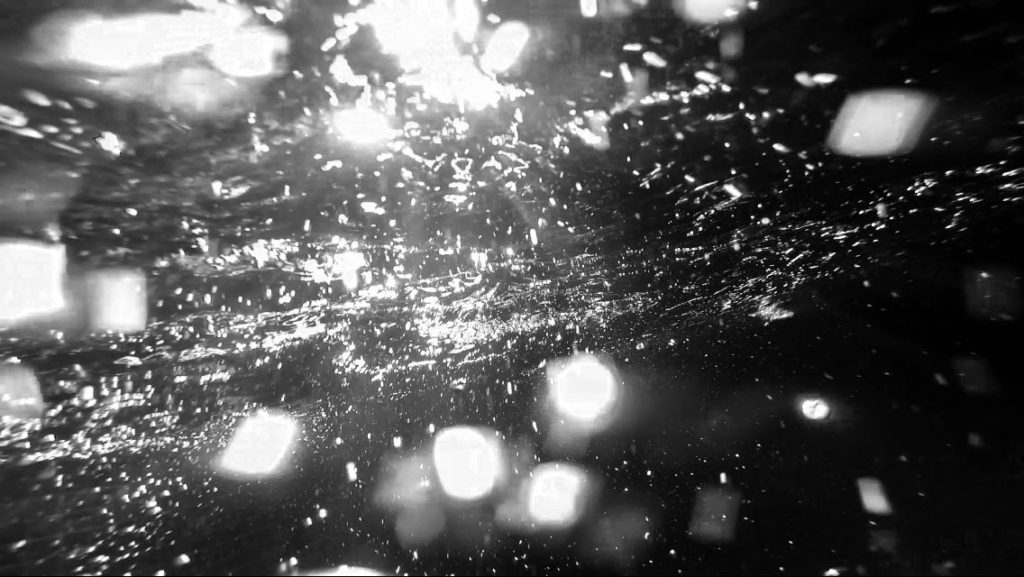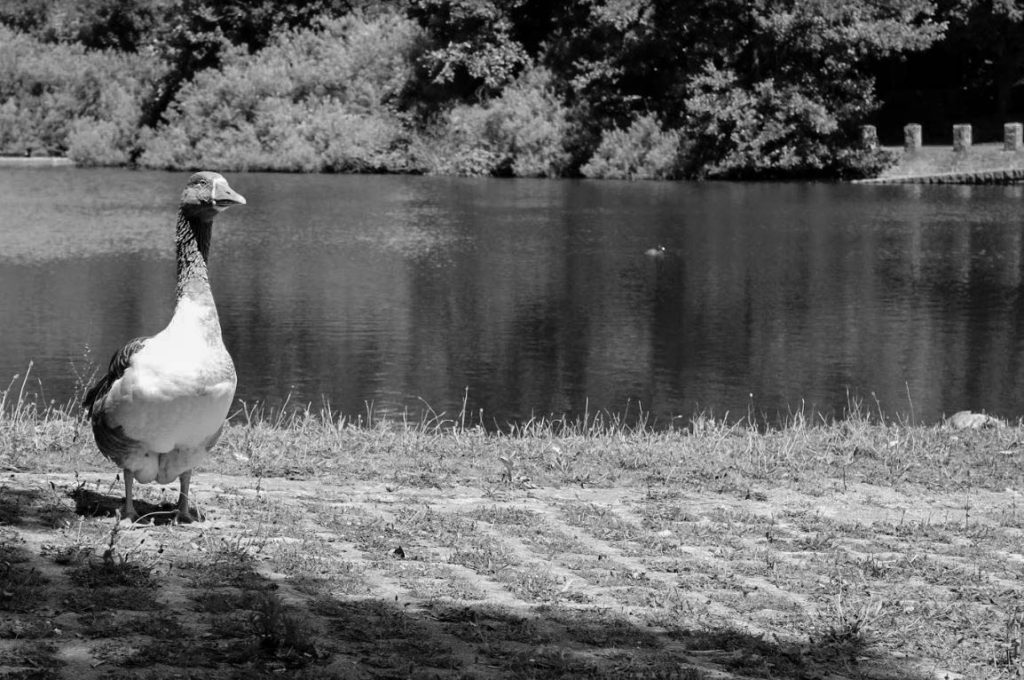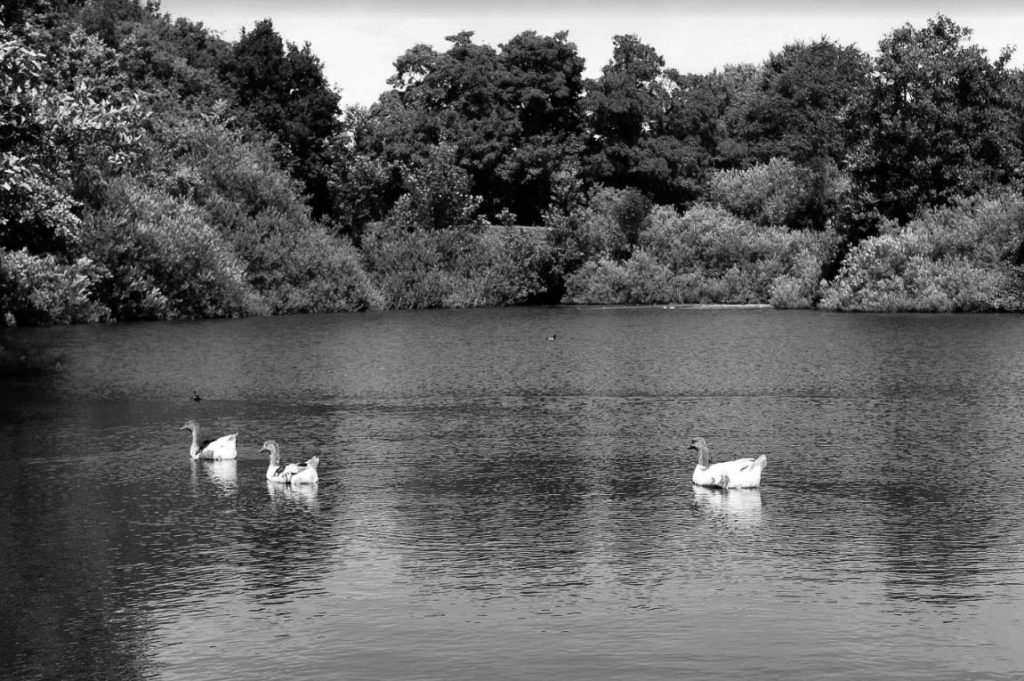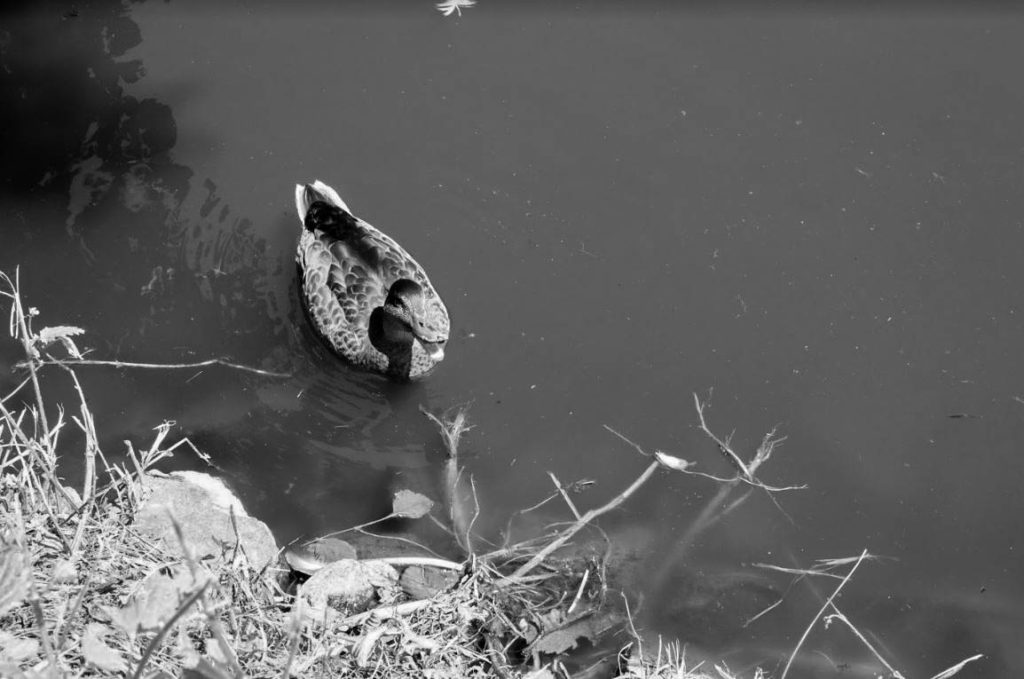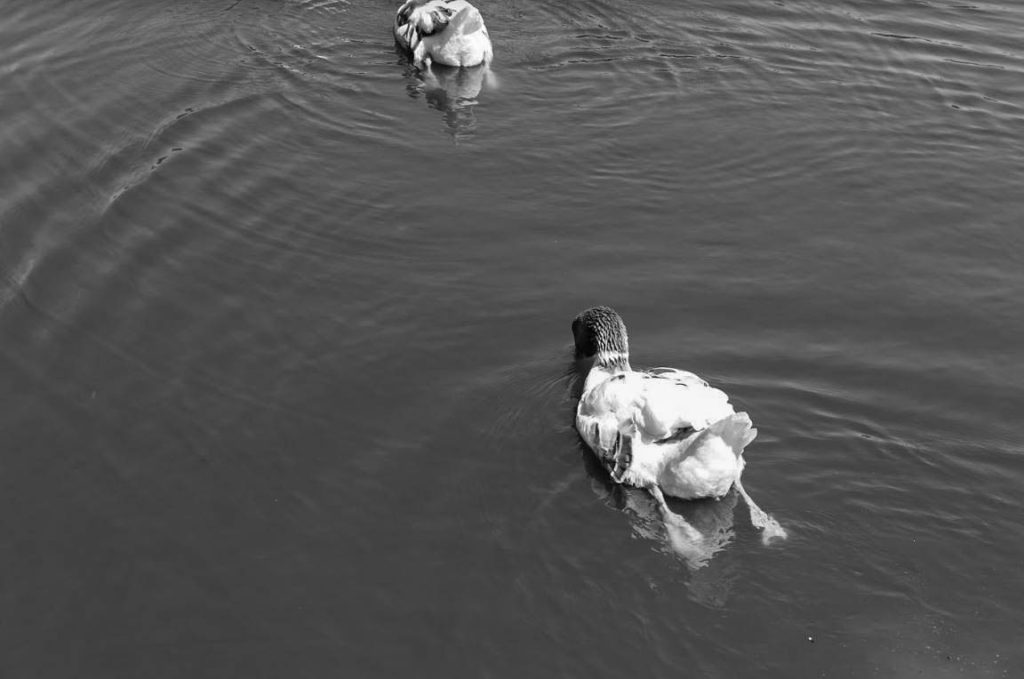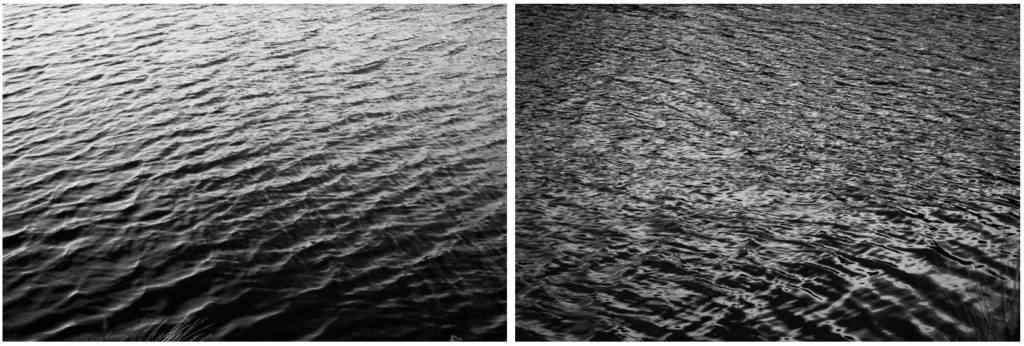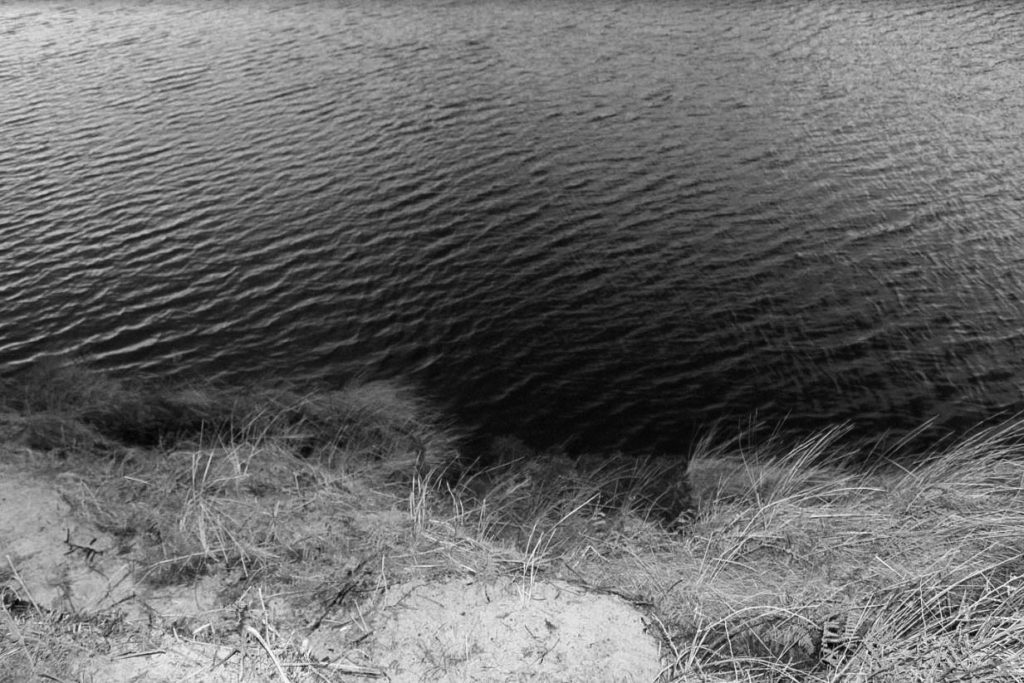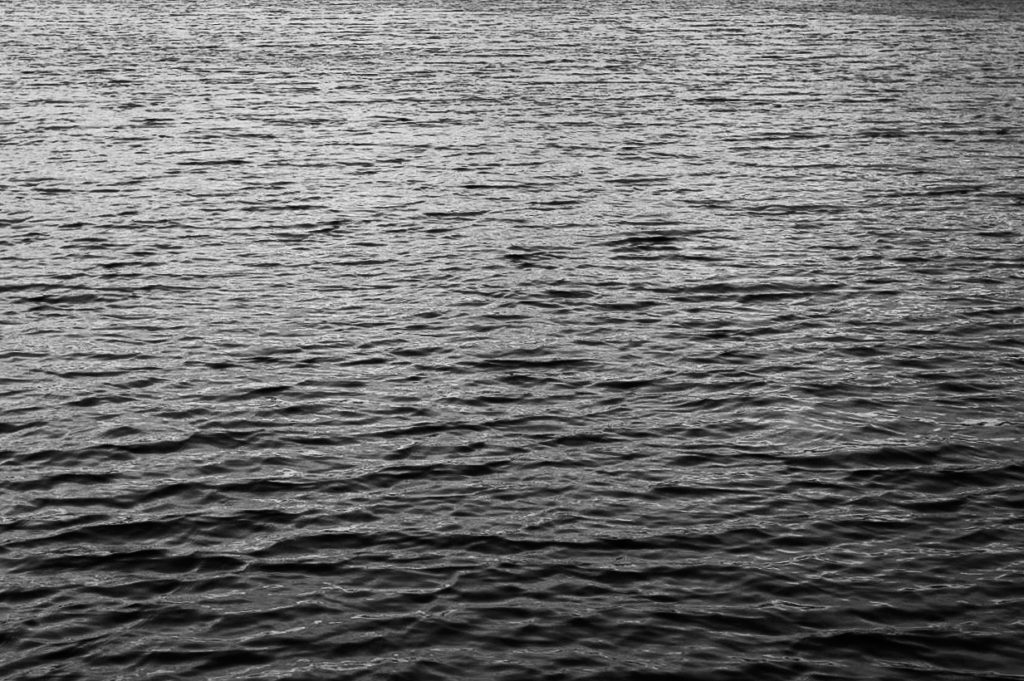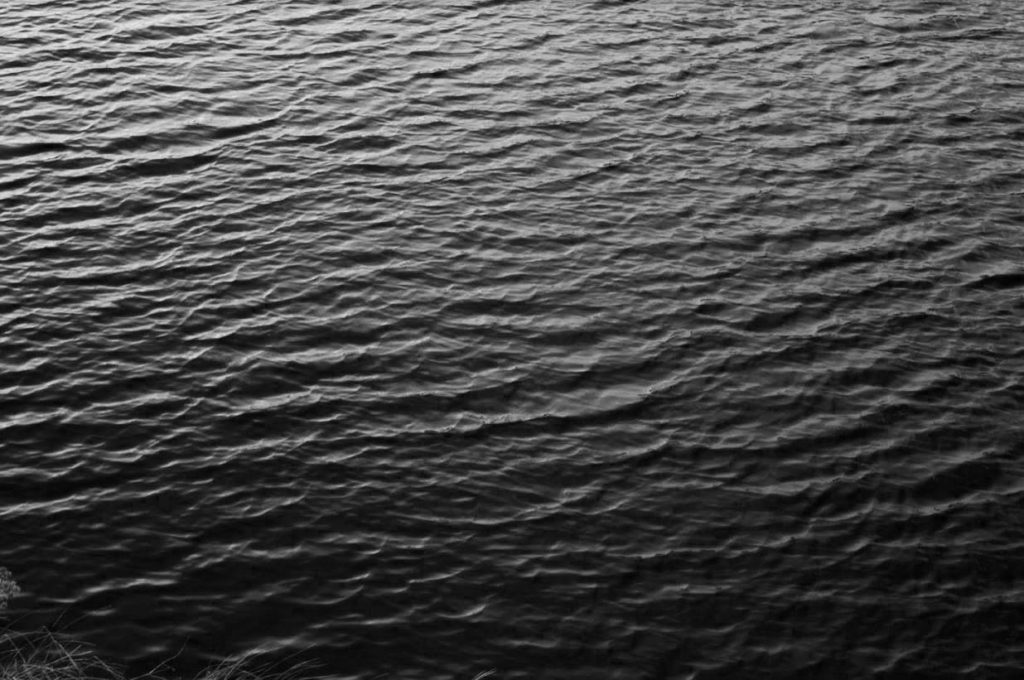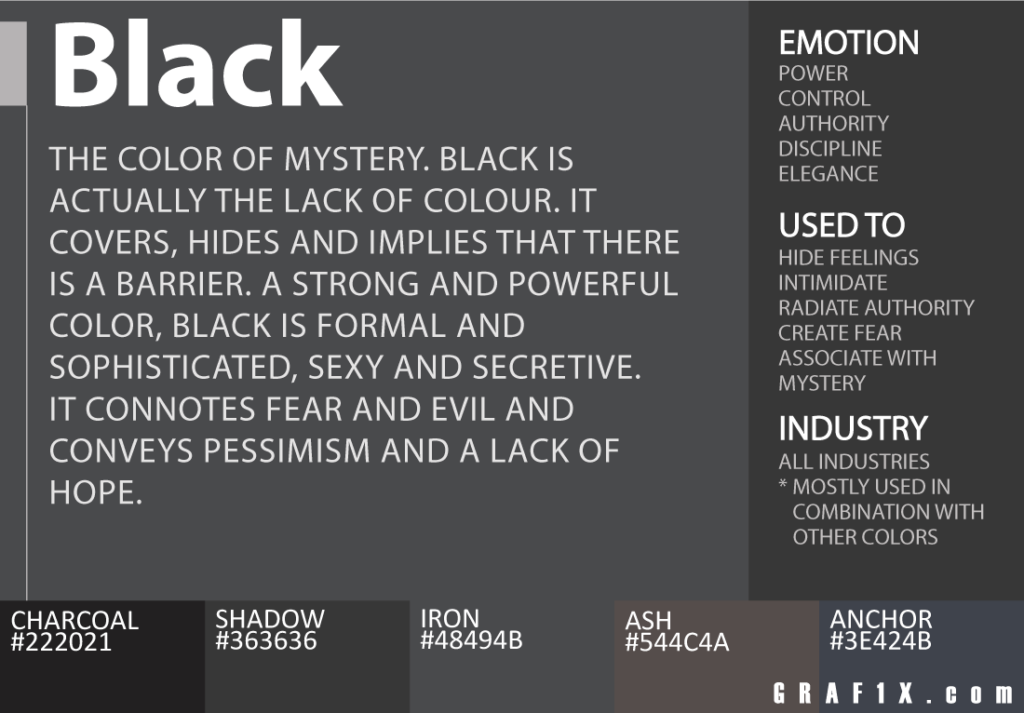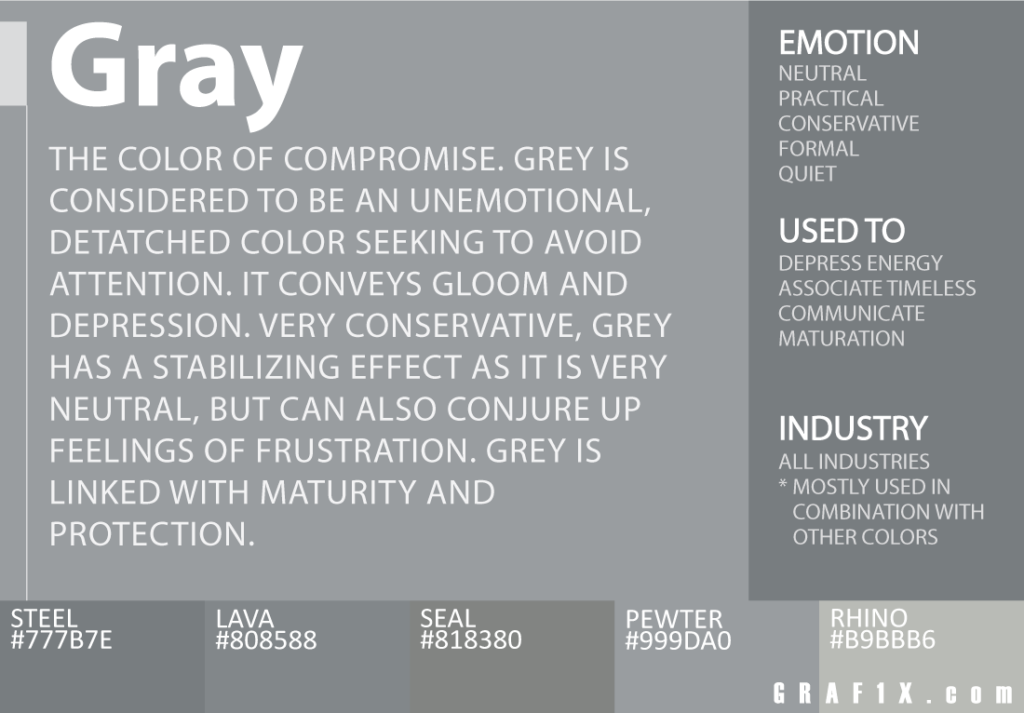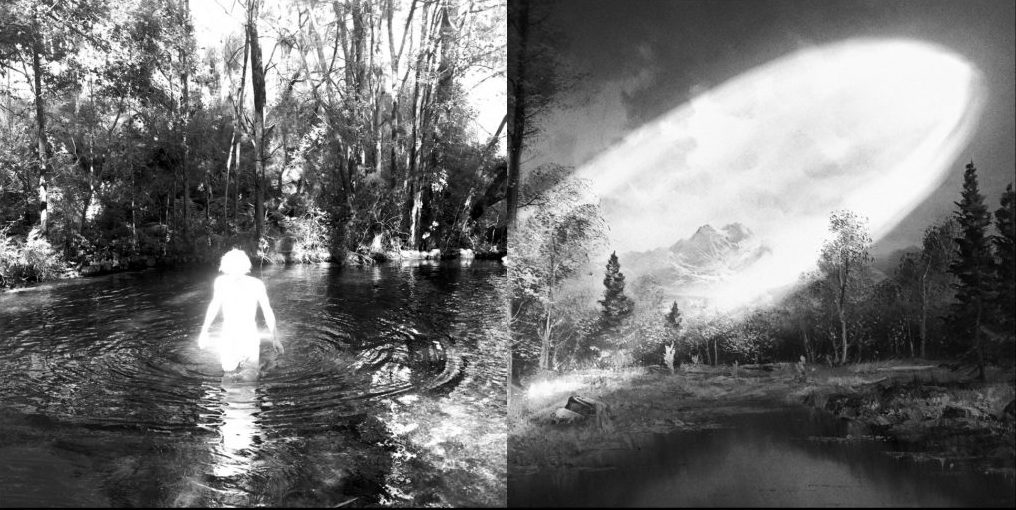My project up to this point has been more of an exploration of beauty, my own emotional views on the subject and then learning and evolving into the meaning of topics such as haiku and the emotional subjectivity to the pain of beauty and finding the beautiful within daily life. However, when planning and discussing this topic with various people, it become evident that the topic of beauty was either subject to too much personal opinions and subjectivity, or however, was too vague to create a Narrative book upon. However, I was able to discuss the main elements I have achieved so far within shoots, and what in my project to my mind was the most important currently. From this I was able to see that the main exploration of my project was the ability to see the evolution of life, and almost a family tree, or tree of life scenario. The growth of peoples attitudes and emotions accompanied with why or how they feel this way. This then led me to discuss the values of what was previously beauty and chaos to more directional opposites, such as light and ark. At the beginning of life is darkness and then light, life begins and then the more you experience life, it gets darker and then too comes to an end. This is the evolution of life. Not only does this still allow a personal experience but it creates a beginning resolution and end narrative to my story as a whole. It has a clear emotional impact and posses a successful narrative.
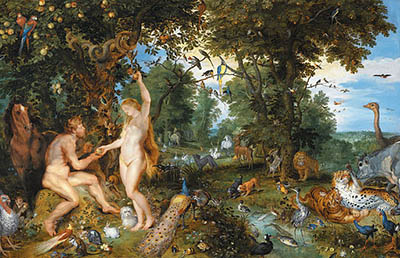
From this idea, I wanted to expand and create a more specific narrative concept. I started to think what is something which has personally effected my life, yet still is a clear representative of the creation and end of life. I began to relate the effect of religion to my project. God is the creator of earth and has the power to control the beginning of life and death, he is the cause and effect of light and dark and the family tree and evolution of love and family. From a young age me and my family have gone to a catholic church, I was then an alter server for 7 years, however soon dropped out of my conformation, leaving the church altogether. This close connection and bond within the church then came to an end, however the effect of religion upon my family is still strong. My narrative, could be about the power of religion to cause the effect of light and dark and have the power to show the evolution of life, but within my personal experience I could too highlight the darkness as the leaving of the church, and not just death itself.
I started to think of the viewpoints that the world was originally said to be founded on, and from roman Catholicism, the belief is that the world was created by god over 7 days. Each day forming and creating a different elements, being water, earth, plants, animals and people. I could gradually expand throughout he aspect of light and birth, these key beginning . elements. The story itself says: ‘Let us make mankind in our image, in our likeness, so that they may rule over the fish in the sea and the birds in the sky, over the livestock and all the wild animals, and over all the creatures that move along the ground.
| Literal | Fundamental Christians | Genesis story is an accurate account of creation |
|---|---|---|
| Non-Literal | Catholic Church | The Biblical accounts are to be understood alongside reason and science |
Because of this new theme, there are still connections obviously within my work as it was about beauty and chaos, two key contributes to gods creation and the act of the people, but additionally, it too posses the ability to further the aim of my shoots over half term. Not only will I still look into illuminance and beauty created by god and the stages he created the world, but too going to the church itself, and taking images which symbolise the birth of christ and decay.
The narrative itself of life to my mind, could be broken into the following: Darkness light birth growth decay death. This 3ill be the key narrative to my book, showing this evolution of life experience, forming elements of haiku and illuminance throughout he birth and growth of life, and presenting chaos towards the ending, in order to show my demise and leaving from the church itself. Creationist from Catholic Church. This still allows my narrative to have a personal connection with myself, without removing all concepts of beauty and positivity but still showing a more interesting event in real time. Because of this now my aims are: Water – reflections in water bubble hand in water me in front of water, Natural landscapes, Golden hour , Underwater ,Light ,Stairs , Baby old people close ups skin , harbour ,flower, forest, light abstraction, darkness, town, farm, rain, zoo, birds, pain and myself. I believe with allowing myself to photograph all of these concepts my book will really have a clear and successful narrative message which is too personal. Additionally I believe the title such as ascension would be successful for the development of a book.

